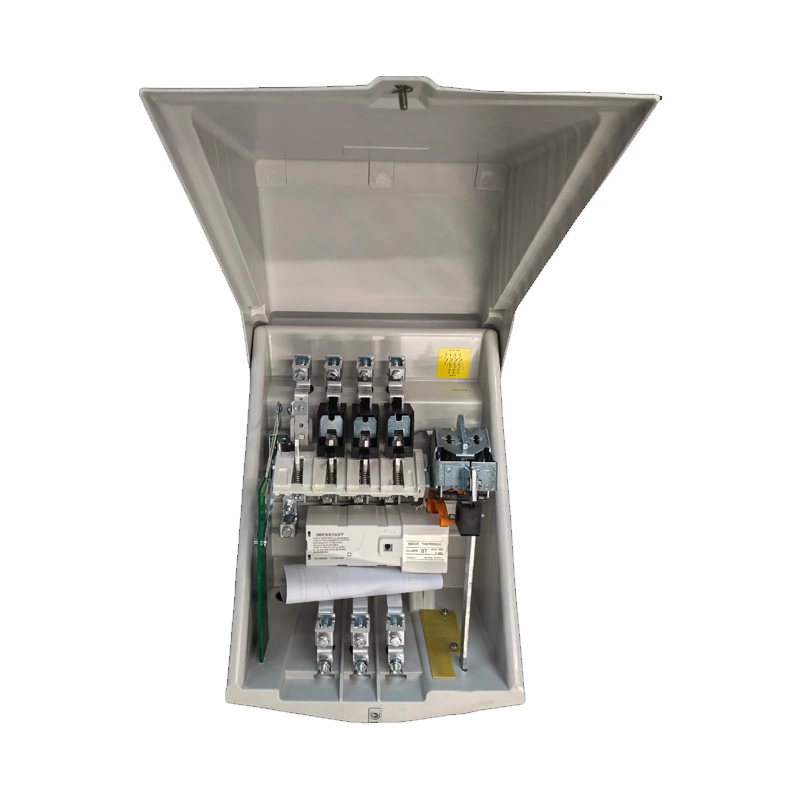Selectivity Of Setting Guarantee For Low Voltage Circuit Breakers
2. Ensure selectivity
⑴ Regardless of whether the next level is a selective Lv Pole Mounted Circuit Breakers or non-selective circuit breaker, the setting current of the instantaneous overcurrent release of the upper level circuit breaker shall generally not be less than 1.1 times the maximum three-phase short-circuit current of the outlet terminal of the next level circuit breaker;
⑵ If the next level is a non-selective circuit breaker, in order to prevent the short-circuit current in the circuit protected by the next level circuit breaker, the short-delay overcurrent release of the upper level will be activated first due to the insufficient sensitivity of the instantaneous action of this level, making it lose selectivity. Generally, the setting current of the short-delay overcurrent release of the upper level circuit breaker is not less than 1.2 times that of the instantaneous overcurrent release of the next level;
⑶ If the next level is also a selective circuit breaker, in order to ensure selectivity, the short-delay action time of the upper level circuit breaker shall be at least 0.1S longer than the short-delay action time of the lower level circuit breaker.
Generally speaking, to ensure the selective action between the upper and lower low-voltage circuit breakers, the upper circuit breaker should be equipped with an overcurrent release with a short delay, and its action current should be one level greater than the action current of the lower overcurrent release, at least the action current Iop.1 of the upper circuit breaker should not be less than 1.2 times the action current Iop.2 of the lower circuit breaker, that is, Iop.1≥1.2Iop.2.
Using a 2000A circuit breaker, the formula: P=√3UI The rated current is 1443A. The circuit breaker generally uses about 1.5 times the rated current, and 2KA is selected. Next is the setting value. The long delay takes the rated current value, the short delay takes about 1.2 times the rated current value, and the instantaneous uses 10 times the rated current value. Generally, the values are taken like this
General practice: According to the rated output current of the transformer, the [long delay tripping] of the low-voltage incoming circuit breaker should not be greater than the rated output current of the transformer; the [short delay tripping] of the low-voltage incoming circuit breaker should not be greater than N times the long delay current; the [instantaneous tripping] of the low-voltage incoming circuit breaker should not be greater than 10 times the long delay. The relationship between the above three values is 1<N<10. The specific selection still depends on the specifications of the low-voltage busbar, the overload capacity of the transformer, the power grid, etc.

